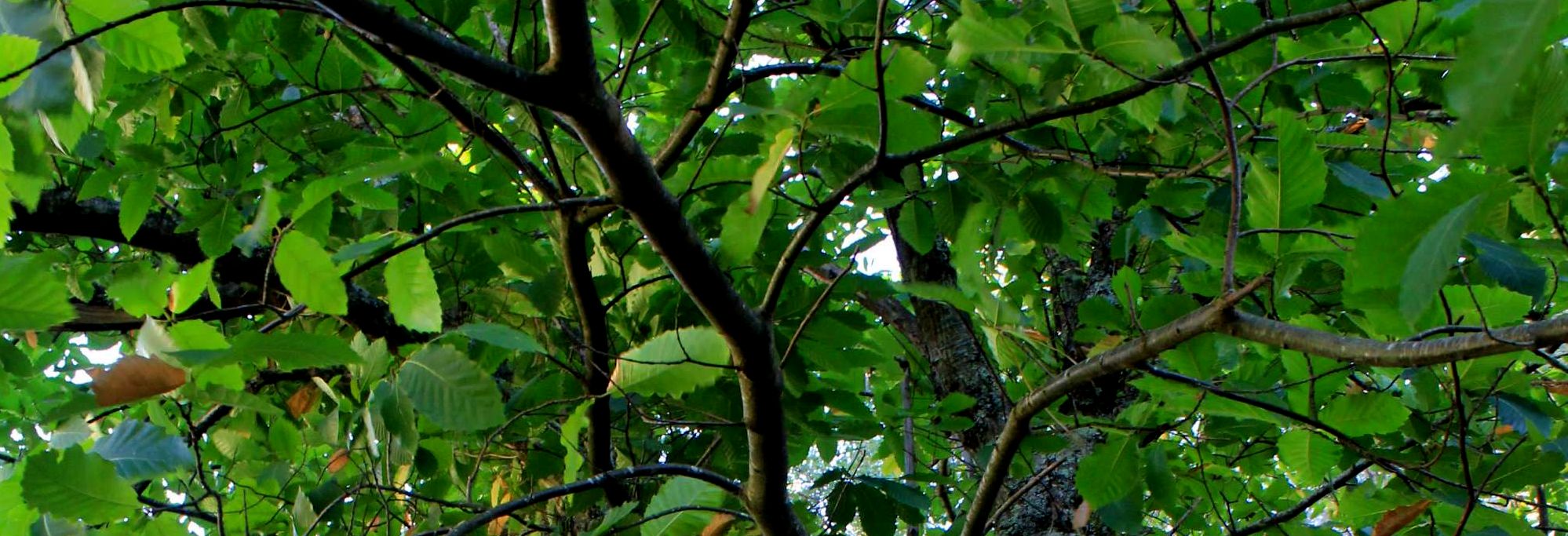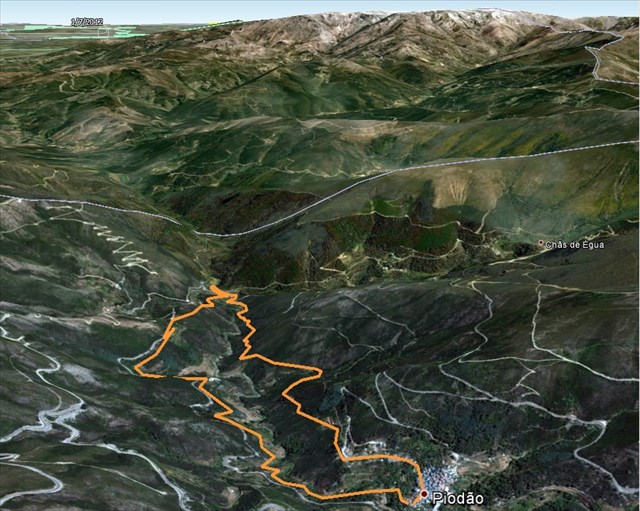A aventura … no Piódão
 |
Forma de obter as coordenadas finais / How to find the final location:
 |
| Português |
English |
| Quase a chegar ... |
Almost there ... |
E com o Piódão já bem perto, é altura de juntar todos os tesouros recolhidos até então e ver onde está o ponto final, aquele que lhe vai permitir concluir esta aventura com a maior alegria.
O "tesouro" não se encontra nas coordenadas indicadas. |
And with Piódão already very close, it's time to gather all the treasures collected so far and see where is located the final point, one that will allow you to complete this adventure with the greatest joy.
The "treasure" is not at the given coordinates. |
 |
| Introdução - O Piódão |
Preamble - Piódão |
Classificada como imóvel de interesse público a partir de 1978, beneficiou assim de alguma proteção. Mas só a partir da sua integração no projeto das aldeias históricas de Portugal, o Piódão viu o seu conjunto urbanístico salvaguardado. Ou seja, no âmbito desse programa todas as casas em cimento e telhados de telha deverão ser convertidas em paredes de xisto e telhados de lousa. As novas edificações deverão seguir a mesma cartilha. Só assim se valoriza a riqueza arquitetónica do Piódão e a sua referência como património a preservar.
O registo mais antigo referente à aldeia do Piódão remonta ao ano de 1527, altura em que o rei D. João II mandou organizar o Cadastro do Reino com o objetivo de determinar o efetivo demográfico. Neste levantamento aparece então o Casal do Piódão, com apenas dois moradores. Talvez tenha sido este o começo da aldeia, no entanto conta a lenda que Diogo Lopes Pacheco, um dos assassinos de D. Inês de Castro, após a fuga para Espanha, volta a Portugal e escolhe o Piódão para se fixar (século XIV), 200 anos antes do primeiro registo acima mencionado.
No entanto, as lendas contam-nos que o Piódão nem sempre foi onde hoje se encontra. Segundo os relatos que passaram de geração, o Piódão seria mais abaixo, num local chamado Casas Piodam, o qual viria a ser trocado pelo actual, mais seco, devido às pragas de insectos e formigas que assaltavam os potes de mel.
A aldeia tem um traçado e uma disposição típica de um povoamento de montanha. Abrigadas dos ventos dominantes, as casas trepam pela encosta acima. Os materiais de construção são aqueles que a serra oferece: xisto e madeira. As paredes têm duas camadas, uma exterior com pedras maiores e uma interior com pedras mais pequenas. Os telhados têm uma ou duas águas, chegando a ter quatro graus de inclinação média. O azul que pinta as portas e janelas é outro dos mistérios ainda por resolver, embora surja a explicação que estas estariam na origem de um antigo costume árabe que permaneceu nesta região. |
Classified as a Public Interest since 1978, Piódão received some protection as well. But only from its integration into the project of the historic villages of Portugal, Piódão saw the whole urban safeguarded. That is, under this program all the houses in cement and tile roofs should be converted into shale walls and roofs of slate. The new buildings should follow the same playbook. Only in this way it enhances the architectural richness of the Piódão and its reference as to preserve heritage.
The oldest record on the village of Piódão dates back to 1527, when King D. João II had organized the Register of the Kingdom in order to determine the actual population. In this survey appears then the couple's Piódão, with only two residents. Maybe it was the beginning of this village, but legend has it that Diogo Lopes Pacheco, one of the killers of D. Ines de Castro, after fleeing to Spain, Portugal and back, choose to settle Piódão (fourteenth century), 200 years before the first record above.
However, the legends tell us that Piódão was not always where it is today. According to the stories passed down from generation, the Piódão would be lower, at a place called Piodam Houses, which would be replaced by the current, drier due to insect pests and ants attacked the honey pots.
The village has an outline, typical of a mountain settlement. Sheltered from prevailing winds, the houses climb up the slope. The building materials are those offered by the hills, slate and wood. The walls have two layers, one outdoor and one indoor large stones with smaller stones. The roofs have one or two waters, coming to have four side roofs. The blue painted doors and windows is another of the mysteries still unsolved. Nobody knows for sure why, although the explanation arises that these would be the source of an ancient Arab custom that remained in this region. |
 |
| Percurso |
Route |
O percurso sugerido tem origem no centro da aldeia, e caminha-se até 40° 13.931'N 7° 49.479'W, onde vamos encontrar um pequeno trilho pela margem direita da ribeira do Piódão. Este trilho leva-nos, sempre a descer, até a Foz de Égua.
O retorno é feito agora pela margem esquerda da ribeira, sendo que o mesmo não se encontra assinalado, pelo que o ideal será utilizar o seguinte trajeto.
Track |
The proposed route has its origin in the center of the village and he have to walk to 40 ° 13,931 'N 7 ° 49,479' W, where we will find a small trail along the right bank of the river Piódão. This trail leads us, always going down, to Foz d’ Égua.
The return is now done by the left bank of the river, and the same is not checked, so the ideal would be to use the following path.
Track |
Perfil de elevação - Elevation profile

Percurso - Route
 |
| Como chegar ao Piódão |
How to get to Piódão |
A1 Norte (IP3 / IC12)
Coimbra saída Stª Comba Dão - Tábua; seguir variante IC6 Oliveira do Hospital - Arganil; Coja - Piódão (EN344)
Porto - Piódão: 202 km; 2h 30m
A1 Sul (A23)
Lisboa - saída Covilhã; Tordosendo/ Unhais da Serra/ Vide - Piódão (EN230)
- Lisboa - Piódão: 345 km; 4h 5m
A25 Espanha (E80)
Salamanca - Vilar Formoso; Guarda - saída Celorico da Beira - Gouveia (EN17); Coja - Piódão (EN 344)
- Salamanca - Piódão: 283 km; 3h 50 m |
A1 Norte (IP3 / IC12)
Coimbra saída Stª Comba Dão - Tábua; go to IC6 Oliveira do Hospital - Arganil; Coja - Piódão (EN344)
Porto - Piódão: 202 km; 2h 30m
A1 Sul (A23)
Lisboa - exit Covilhã; Tordosendo/ Unhais da Serra/ Vide - Piódão (EN230)
- Lisboa - Piódão: 345 km; 4h 5m
A25 Espanha (E80)
Salamanca - Vilar Formoso; Guarda - saída Celorico da Beira - Gouveia (EN17); Coja - Piódão (EN 344)
- Salamanca - Piódão: 283 km; 3h 50 m |
Contactos úteis - Contacts
 |
Conselhos e normas a ter em conta |
Some advices |
- Use calçado e vestuário apropriado para a caminhada, são apenas 6Km, para todos, mas é sempre necessário cuidado nos trilhos;
- Preste especial atenção à sua alimentação e hidratação;
- Não abandone o lixo. Leve-o até ao respectivo local de recolha. Pratique CITO!
- Deixe a natureza intacta. Não recolha plantas, animais ou rochas.
- NÃO FAÇA FOGO! A Floresta agradece e todos nós ganhamos com isso.
Tire fotos e partilhe! |
- Wear appropriate clothing and footwear for hiking. We have just to walk for about 6km, and the all family can do it, but it is always necessary care about your journey;
- Pay special attention to your nutrition and hydration;
- Do not leave trash. Practice CITO!
- Let nature intact. Do not collect plants, animals or rocks.
- DO NOT MAKE ANY KIND OF FIRE! The Forest thanks and we all get out of it.
Take pictures and share! |

Video do percurso / Video from this track
|
ATENÇÃO... |
ATTENTION |
AS CACHES NÃO SE ENCONTRAM, NENHUMA DELAS, EM QUALQUER MURO (nesta zona existem muros de pedra, não vale a pena procurar lá, porque nada vão encontrar).
Todas as caches têm tamanho "small", pelo que todas elas podem ter objetos de troca, se assim o entenderem.
Tanto no Piódão, mas especialmente em Foz de Égua, existem piscinas naturais na ribeira, muito bem preservadas e com águas limpidas.
As águas no Piódão são um pouco mais frias, mas em Foz d'Égua vale a pena dar um mergulho, pelo que se forem no Verão, não deixem de ir preparados... |
CACHES ARE NOT, NONE OF THEM, IN ANY WALL (in this area there are stone walls, ot's not worth looking there, because you will find nothing).
All caches have the "small" size, so they all can have objects of exchange.
Both in Piódão, but especially in Foz d'Égua, there are pools in the river, very well preserved and with clear water.
The water in Piódão are a bit cooler, but in Foz d'Égua it worth taking a dive, so if you go during the summer, don't forget your swimsuit ... |
|